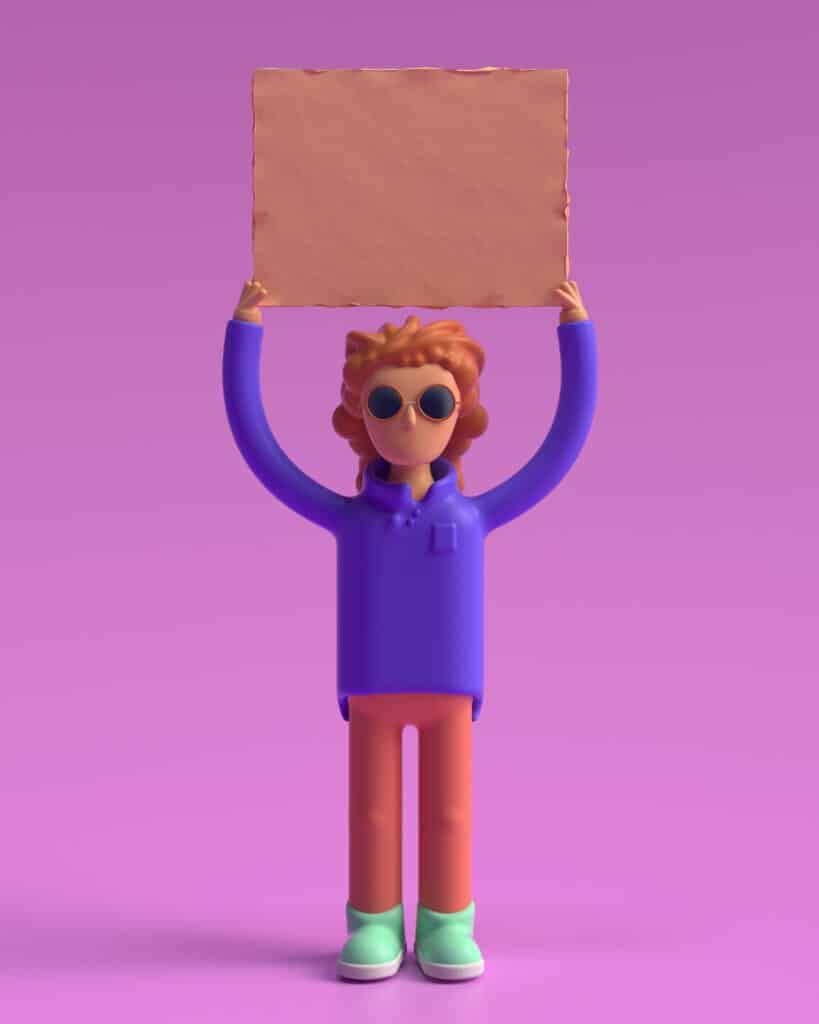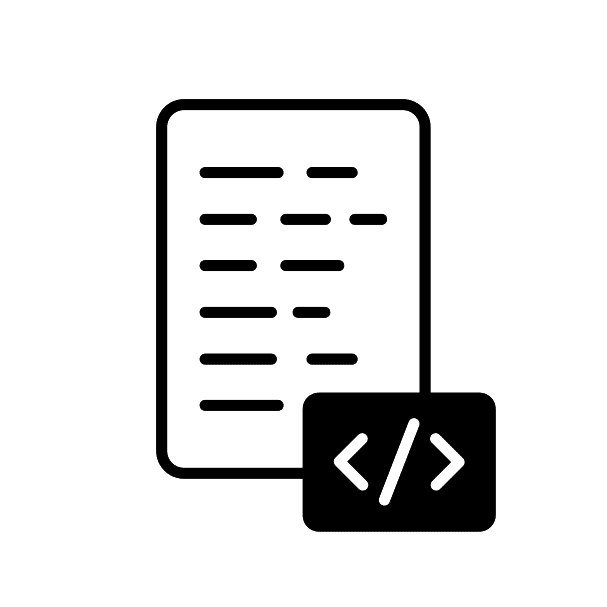Craft remarkable 3D models and prints with the help of Blender, Zbrush, and Maya.

Our teachers and tutors graduated from top universities








Overview

Customized curriculum
We'll find a tutor who can make sure you're prepared for the A-Level Accounting exam with customisable lessons catered to fit your needs.

Flexible
Take lessons only when you need them—as little or as many as necessary until you feel confident.

Private lesson
No need to accommodate other students. Learning is customised your perfect pace and difficulty so you are always improving.
About Zbrush & Autodesk Maya
About ZBrush:
ZBrush, developed by Pixologic, is a leading software for 3D sculpting and character design. It’s renowned for its user-friendly interface and offers a wide range of features, making it indispensable for tasks, from simple character sketches to complex environmental designs. One of its standout features is its ability to handle high-resolution 3D modeling with up to a billion polygons, allowing for exceptional attention to detail, including skin creases and fabric textures. ZBrush also integrates well with other 3D design platforms and boasts advanced painting tools that mimic real brush strokes, enhancing natural texturing techniques.
About Autodesk Maya:
Autodesk Maya, produced by Autodesk, is a comprehensive platform for 3D modeling, animation, and rendering, widely used in the film and gaming industries. What sets Maya apart is its high level of customization, allowing users to tailor the workspace to their specific needs, from tool arrangement to interface layout. In the animation domain, Maya offers a powerful set of rigging and animation tools, enabling the creation of complex and fluid animations with precision. Additionally, Maya excels in particle and fluid simulation, making it a top choice for visual effects artists. Its compatibility with other Autodesk products and extensible plugin architecture ensures seamless integration into various design and animation workflows.
Both ZBrush and Autodesk Maya are considered industry standards, each offering unique features that cater to the specialized needs of 3D artists and animators. Whether you’re sculpting characters or animating dynamic scenes, these platforms provide the versatility and power required for high-level creative work.
Description
Embark on a journey into the world of 3D character design with our comprehensive course. Here, students will delve into the art of creating captivating 3D characters using fundamental drawing techniques, master the intricacies of sculpting and molding objects in the 3D realm, and develop a profound understanding of the 3D printing process. Upon completing the course, you’ll possess the skills needed to bring your imaginative ideas to life in the form of tangible, 3D characters. This course is an excellent choice for those aspiring to become animators, game designers, or digital artists, offering a strong foundation for further exploration and specialization in the dynamic field of 3D design and animation.
TigerCampus UAE provides tuition for both sections of the A-Level
- Advanced Subsidiary (AS-Level)
- A2 Level
What you will learn
- Become a skilled 3D character creator.
- Put essential drawing techniques into practice.
- Expertly handle objects in a 3D environment.
- Develop a deep understanding of the 3D printing workflow.
Requirements
- Ages 12 – 18
- Interested in character creation and sculpting
- Naturally creative and enjoy hands-on work
Student FAQs About 3D Character Design
In 3D character design, “topology” refers to how polygons are arranged and organized on the model’s surface. This term is essential because it significantly influences the character’s animation, especially when it moves or changes shape. Having well-optimized topology is crucial for achieving smooth and realistic character animations, enhancing the overall quality of your design.
Accurate proportions are essential in 3D modeling as they determine whether a character appears realistic or stylized. Incorrect proportions can undermine the character’s believability, especially when modeling humans or animals.
Rigging involves creating a digital skeleton for a 3D character to enable smooth and natural animations. Effective rigging is crucial for achieving lifelike movements in the animated character.
The level of detail in a 3D character depends on its intended use. For example, video game characters may require fewer polygons for efficient real-time rendering, while characters in films can be highly detailed.
Lighting is essential in 3D character design as it highlights the character’s form and texture, and it plays a crucial role in establishing the mood and atmosphere in the scene.
The 3D character design process involves several key stages, starting with the creation of concept art. It then progresses through various steps including 3D modeling, texturing, rigging, and animation. Each stage has its own unique set of best practices and principles to ensure the final character meets the desired creative and technical objectives. These stages are essential for the successful development of 3D characters in various applications, from video games to animation and more.
Texturing and shading are significant in 3D modeling as they enhance realism and visual appeal by defining material attributes such as skin texture, hair, and clothing fabrics.
How it works
1
Request a tutor
Let us know your goals and age range. We'll figure out a plan to help get you there.
2
Match with a tutor
We'll recommend you a tutor based on your needs and goals, or you can request a specific tutor.
3
Start a free trial
Experience a free trial lesson with your new tutor and see if your learning style matches.
4
Keep it up!
If everything went well, sign up to keep going! You can choose the pacing of the lessons
Need more info?
Let's talk.
Leave your phone number, and we’ll call you back to discuss how we can help you.


